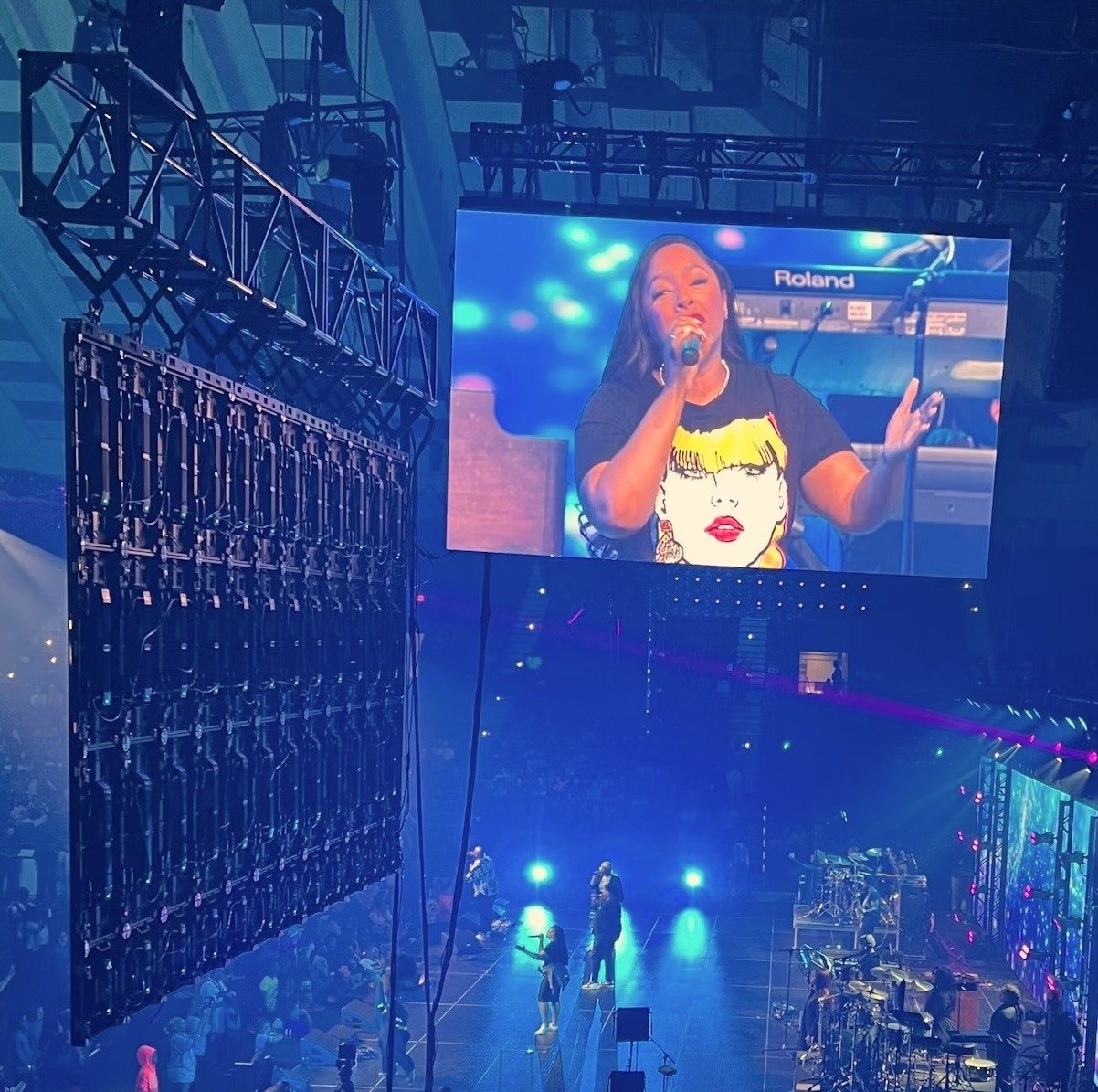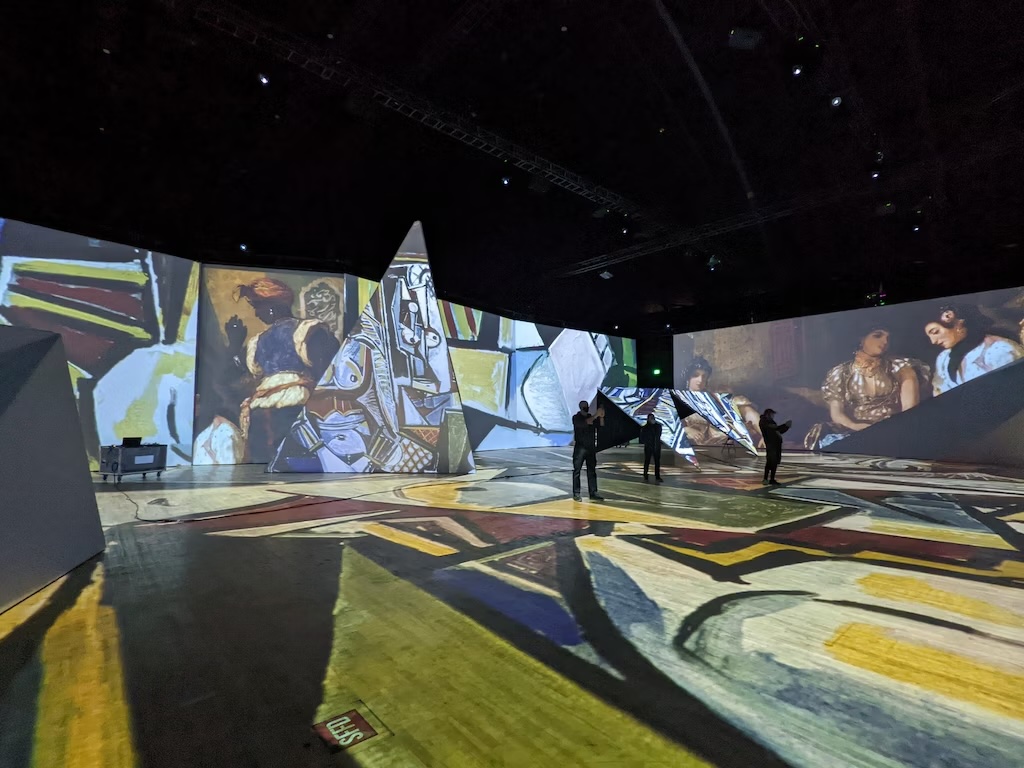How To Choose The Best LED Screens For Events?

Selecting the ideal LED screens for events involves considering factors like resolution, size, and setup flexibility. This guide navigates the criteria crucial for knowing how to buy an LED screen to enhance the visual impact and audience engagement on every occasion.
Tips to Select a Compatible LED Screen
Knowing how to choose the best LED screens involves several considerations to ensure it meet your specific requirements for visual quality, performance, and compatibility. Here are essential tips to guide you through the selection process.
Identify Your Needs
Before selecting an LED screen, define your specific needs and objectives. Consider the intended venue (indoor or outdoor), viewing angles, audience size, and content type (videos, graphics, text). Understanding these requirements will help narrow options and ensure the screen meets your expectations.
Allocate a Budget
Establish a clear budget based on your project scope and financial resources. LED screens vary widely in price depending on size, resolution, and features. Allocate funds for the screen and installation, maintenance, and any additional equipment needed.
Evaluate Viewing Distance
Determine the optimal viewing distance between the LED display types and the audience. Viewing distance affects the choice of pixel pitch (distance between pixels), which determines the resolution and clarity of the displayed content. For example, screens with smaller pixel pitches are suitable for closer viewing distances, while larger pixel pitches are adequate for viewing farther away.
Also Read: Upgrading Your Live Event Gear? Tips for Selling and Buying Used Equipment
Determine Brightness and Contrast
Consider the ambient lighting conditions of the venue where the LED screen will be installed. Choose a screen with sufficient brightness (measured in nits) to ensure visibility in both indoor and outdoor environments. The contrast ratio is crucial for displaying vivid colors and sharp images, especially in settings with varying light levels.
Ensure Compatibility with Content Source
Ensure the LED screen is compatible with your content sources, such as video players, computers, or live feed cameras. Check the supported input formats (HDMI, DVI, VGA, etc.) and compatibility with content resolutions (HD, 4K, etc.). This ensures seamless integration and eliminates potential issues during setup and operation.
Examine Pixel Pitch and Resolution
Pixel pitch refers to the distance between the centers of adjacent pixels on the LED screen. It determines the resolution and image clarity based on viewing distance. Choose a suitable pixel pitch based on the size of the screen and your audience's viewing distance. Higher pixel density (smaller pixel pitch) provides finer detail and sharper images but may come at a higher cost.
By carefully evaluating these factors and seeking expert advice, you can make an informed decision that enhances visual impact and ensures optimal performance for your events or installations.
Contact GearSource for the Choicest LED Screens
GearSource proudly offers a variety of high-quality LED screens tailored to diverse needs and events. Explore different types, including indoor, outdoor, curved, and flexible LED screens, each designed to deliver exceptional visual experiences. Whether planning a concert, trade show, or corporate event, find the perfect display solution to suit your requirements. When you visit our website, you benefit from competitive pricing, expert advice, and reliable service.
Also Read: LED Wall Panels: Elevate your events with great deals
FAQs
Q. What are the advantages of using LED screens?
The advantages of using LED screens include vibrant colors, high brightness for visibility in various environments, energy efficiency, and flexibility in creating large, seamless displays for diverse applications.
Q. What are the different types of LED screens available in the market?
The different types of LED screens available in the market include:
Indoor LED displays
Outdoor LED displays (weatherproof)
LED video walls (tiled for larger displays)
Flexible LED screens (curved or bendable for unique installations).
Q. What factors should be considered when installing LED screens?
To ensure optimal placement and performance of LED screens, consider factors such as viewing distance, screen resolution, ambient lighting conditions, and power requirements.
Q. How do I determine the appropriate LED screen size for my needs?
You can determine the appropriate LED screen size by considering viewing distance, intended content resolution, and the physical dimensions of the installation space.
Q. Can LED screens be customized to specific shapes or dimensions?
Due to their modular design, LED screens can be customized to specific shapes and dimensions.

